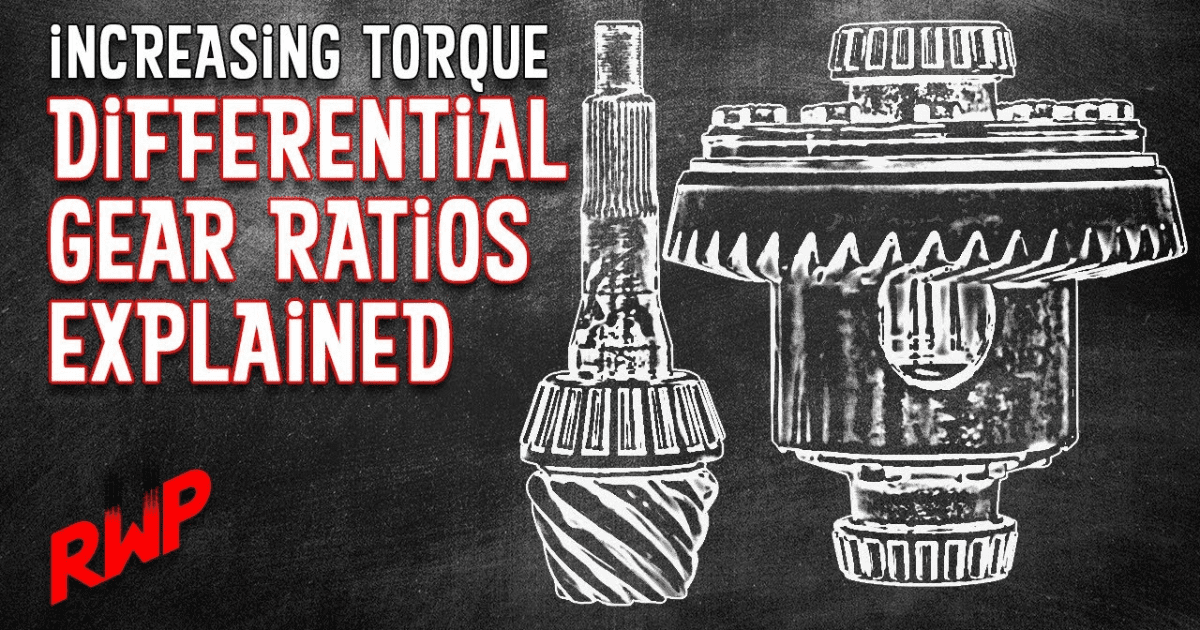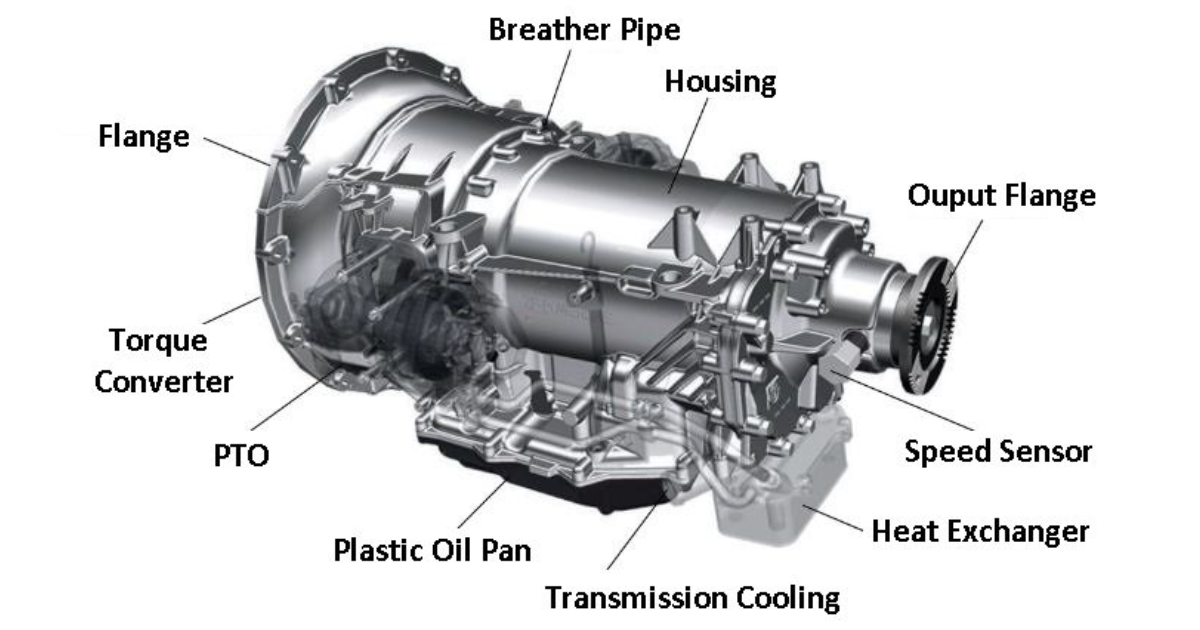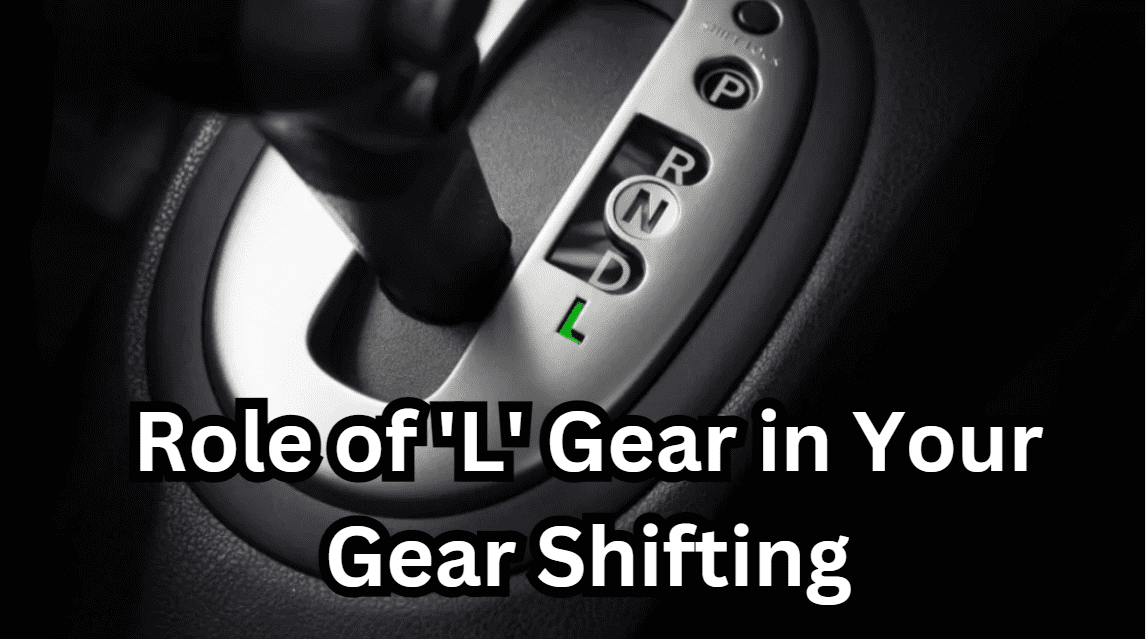Techs call gear ratios “torque multipliers,” and higher numbers make torque faster and stronger, which improves acceleration.
The complex dance of gear ratios inside an automobile gearbox is a beautiful symphony that has a big effect on how well the vehicle runs. Gear ratios are a big part of everything from a sports car’s lightning-fast acceleration to a truck’s strong pulling power. This piece will talk about gear ratios and how they have a big effect on how well a vehicle runs overall.
The Gear Ratio Basics:
There are a bunch of different-sized gears inside every gearbox. Each one has its own gear ratio. The gear ratio tells you how the speed of the crankshaft of the engine affects the speed of the wheels. A higher gear ratio gives you more force and power, while a lower ratio gives you more speed but less power.

Acceleration and Torque:
Gear ratios are very important when it comes to movement. Lower gears, or technically higher ratios, let you go faster by making better use of the engine’s torque.

This is why first and second gears are often used to get going quickly after stopping. When the car speeds up, higher gears with lower ratios take over. This lets the engine work well at normal speeds.
Top Speed and Fuel Efficiency:
On the other hand, bigger ratios or higher gears lead to a faster top speed and better gas mileage. As soon as the car is moving, the engine can stay at a lower RPM. This uses less gas and keeps the engine in better shape.

Transmission Types and Gear Ratios:
Gear ratios change between gearbox types to meet the needs of different drivers. Most of the time, manual gearboxes give drivers more direct control over which gear to use, which lets them get the most out of their acceleration and torque. Automatic transmissions, on the other hand, change gear ratios automatically based on the road conditions to make driving easier and more fuel-efficient.
Performance Vehicles and Gear Ratios:

Performance-oriented cars are fine-tuned with certain gear ratios to get the best acceleration and driving. Most sports cars have shorter gear ratios so they can speed up and change gears quickly. Off-road vehicles and trucks that are made to haul and tow heavy loads have smaller gear ratios to provide the torque they need.
Transmission Innovations and Electronic Control:
Electronic controls are being added to more modern engines to make them smarter. Based on real-time data, these systems change the gear ratios to get the best performance and economy. It’s possible for some high-performance cars to have gearboxes that can change gears based on how the driver drives.




